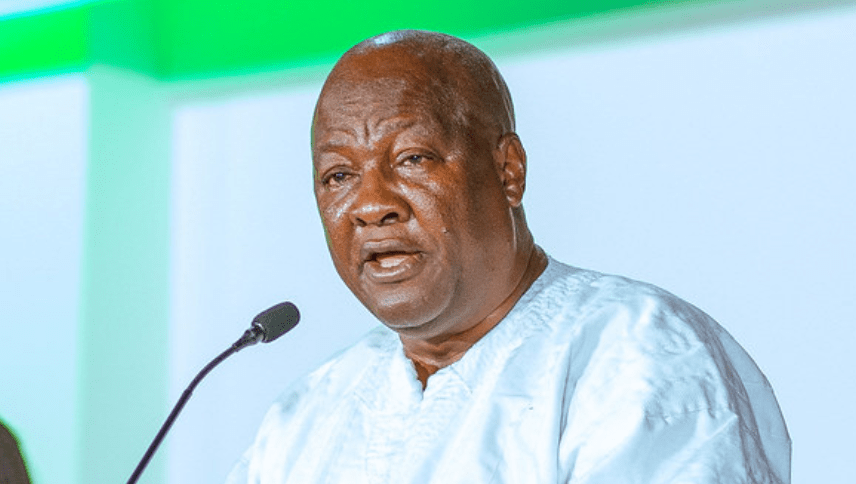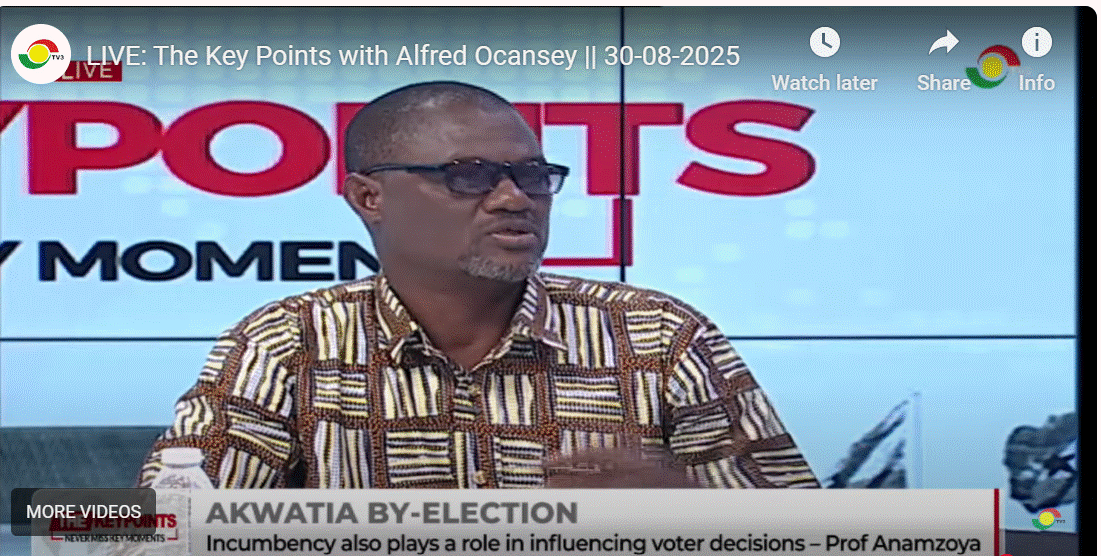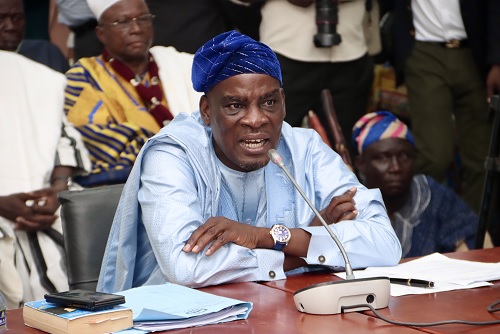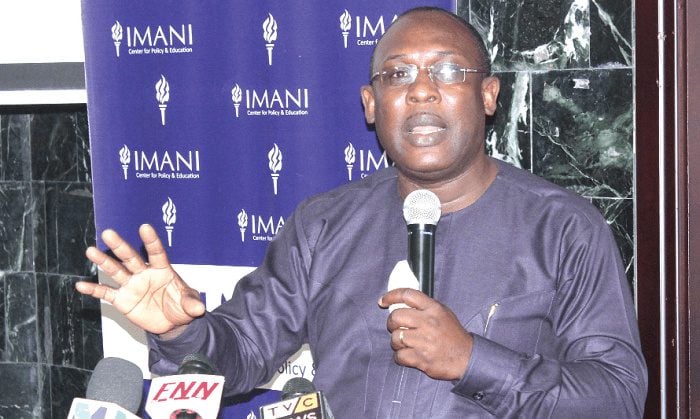
By Joshua Worlasi AMLANU & Ebenezer Chike Adjei NJOKU
Government bond yields fell significantly across the curve in first-half 2025, with investor confidence gradually rebuilding amid easing inflation and relatively stable macroeconomic indicators.
Expectations of further policy clarity, including a possible sovereign bond buyback, have also contributed to improved sentiment in the market.
Data from the Bank of Ghana’s July 2025 Summary of Economic and Financial Data show yields on post-DDEP bonds declining across all maturities between January and June. The sharpest compression occurred at the curve’s shorter end, where the 4-Year Bond yield dropped by 686 basis points (bps) from 26.22 percent in January to 19.36 percent in June.
Medium- to long-dated bonds also posted notable declines. The 5-Year and 6-Year Bonds fell to 20.21 percent and 19.17 percent respectively, while the 15-Year Bond – which started the year at 26.71 percent – closed June at 20.74 percent. The 10-Year Bond, a key benchmark for market sentiment, declined to 20.08 percent from 26.36 percent at beginning of the year.
This broad-based downward trend comes in the wake of the 2023 Domestic Debt Exchange Programme (DDEP), which significantly restructured local debt instruments. While the initial aftermath of restructuring saw heightened volatility, particularly in second-half 2024, yields have since trended downward; helped by an improving macro backdrop and growing confidence in government’s fiscal discipline.
Yields peaked in September 2024, when market uncertainty pushed the 4-Year Bond to 35.61 percent and 15-Year to 29.39 percent. Since then, analysts say investors have recalibrated their expectations on inflation, currency risk and sovereign default probabilities.
According to Republic Investment CEO Madeline Nettey, the potential for a government bond buyback could further support sentiment in the secondary market. She indicated that discussions about engaging new bookrunners are underway and suggested that concrete action may begin as early as the third quarter.
“If government is able to follow through with a buyback of some positions, it would boost investor confidence,” Ms. Nettey said.
She noted that many investors are holding bonds they did not actively select but were allocated through the restructuring. In her view, a buyback would restore some alignment between portfolio strategy and asset composition, especially for funds that had been structured for short-term exposures but now hold long-dated instruments.
The current bond market rally, she added, is partly a reflection of this anticipation.
Analysts similarly suggest that part of the yield compression reflects improved fiscal messaging under the IMF programme, as well as more predictable exchange rate management. Narrowing of the spread between short- and long-dated securities is another key signal, with the gap between 4-Year and 15-Year Bonds falling to 138bps in June; down from nearly 500bps a year earlier.
Despite the improvement, some traders remain cautious. The current demand for government securities may be amplified by the scarcity of attractive alternative assets rather than deep conviction in long-term fiscal reforms.
Still, lower yields have reduced government’s borrowing costs, creating modest fiscal space and easing pressure on interest payments. The environment may also prove conducive to corporate bond issuance and bank lending, with broader benefits for private sector credit growth.
The gradual rebound marks a contrast with volatile months following the DDEP, when uncertainty around liquidity, pricing and secondary market depth caused erratic movements in yields. The 10-Year Bond, for instance, swung from 26.93 percent in August 2024 to 20.23 percent by December.
The post Bonds recover as gov’t eyes return to market appeared first on The Business & Financial Times.
Read Full Story




















Facebook
Twitter
Pinterest
Instagram
Google+
YouTube
LinkedIn
RSS